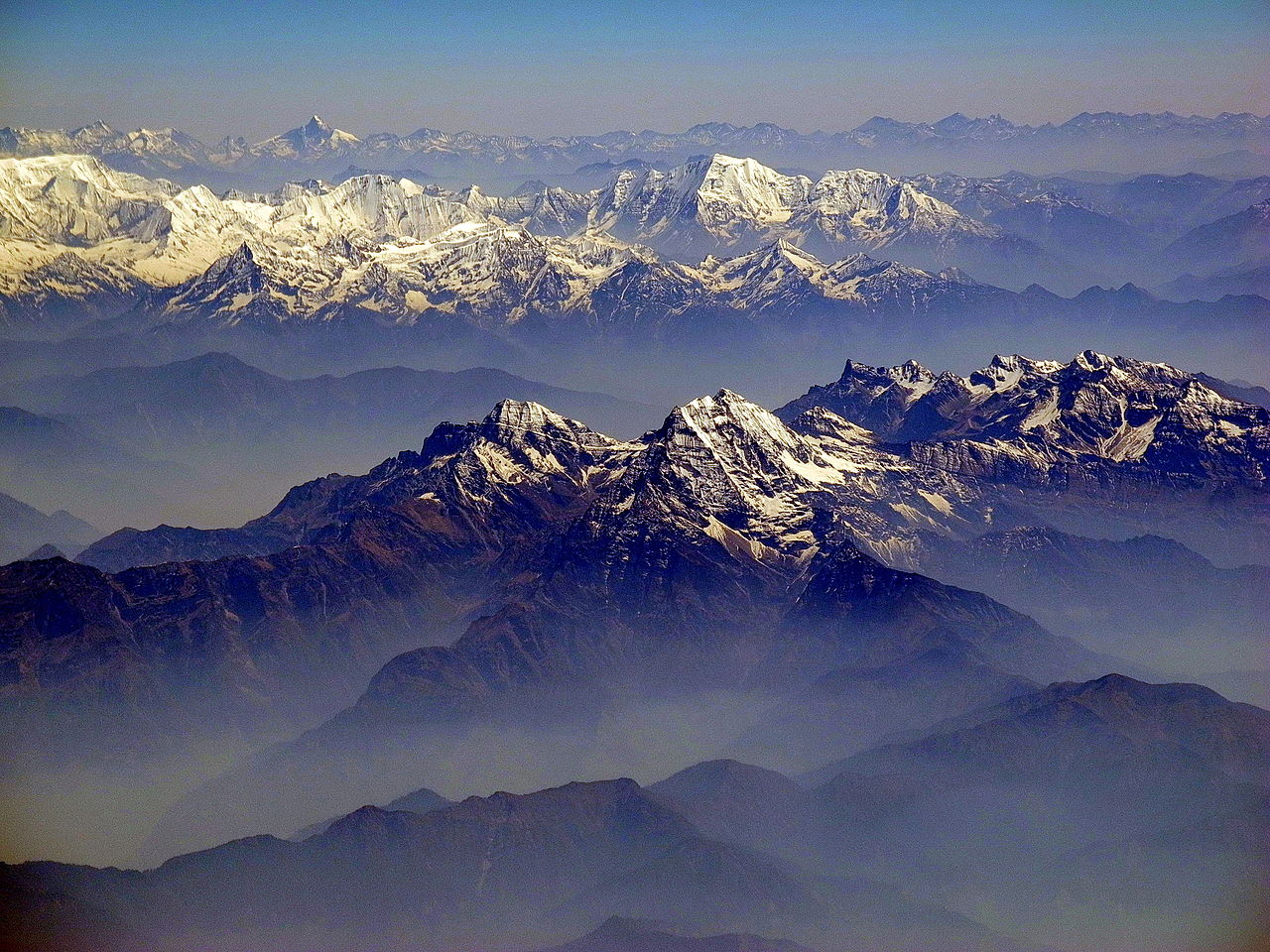
About half the Himalayan population, livng in remote and hard-to-access villages, lacks access to power.
Although 50% of the Himalayan population lacks electricity, this mountainous region gets plenty of sunshine (up to 1,250 W/square meter). Lingshed village in Lakadh, home to 700 people and a 900-year old Buddhist monastery, would seem a perfect candidate for remote Himalayan solar microgrids, except that it’s located amid imposing mountain caves 20KM from any road. A huge obstacle to most, but just another day’s work for a contingent of volunteers from project partners IEEE Smart Village and Global Himalayan Expedition (GHE).
Recently, a group of volunteer engineers from around the world: Australia, Chile, Greece, Holland, Luxembourg, Nepal, Slovakia, South Africa, the U.S. and the UK, trekked to Lingshed to bring light to this remote village by installing 14 Himalayan solar microgrids to its monastery — one of the world’s oldest, its school dormitories, and a computer lab/internet cafe.
Remote solar microgrids help communities move to the 21st Century
“We planned to light the villages first but the locals asked us to supply electricity to the monastery as (they believe) that having light in the home of god is very auspicious,” says Paras Loompa, who founded GHE three years ago to pursue his passion for helping people in remote place using cutting-edge technologies. Ihe company has in its first 3 years benefitted approximately 8,500 of those people in Lakadh by installing solar microgrids in 15 villages. Loompa’s goal is to help bring sustainable and inclusive clean energy to “ancient communities of the world” move from “the 18th century to the 21st century with simple and clean technology.” He adds: “we don’t light villages—we power them.” renewable energy to the remotest of Himalayan village. In addition to lights, Loompa plans larger projects to bring wireless internet, televisions, and even independent health centers to the Himalayas. His vision is indeed to empower the local communities by helping them gain skills through the microgrid projects as well as cash in on the high-dollar adventure travel industry.
DC microgrids offer easy setup, safety, and lower maintenance
“These DC solar micro-grids are a first-of-their-kind installation in the Himalayas with easy to setup process and requiring low maintenance,” adds Loompa.” This could be the ideal solution toward remote Himalayan village electrification as these grids would eventually be owned and run by a Village Level Entrepreneur (VLE), the solution can be easily replicated in adjoining regions.”
The IEEE Smart Village project, a program of the IEEE Foundation, agrees with Loompa’s vision and has partnered with GHE on several microgrid projects. “We have to do it sustainably,” says Ray Larsen, one of the group’s founders. “We’re not into the model of people parachuting in, dropping in some technology, then walking away, with no structure to support it.” The Smart Village program has so far served 15,000 people in a variety of developing nations.
Grueling work using only hand tools for microgrid installation
With equipment provided by IEEE Smart Village, expertise by the engineers, and planning by GHE, the volunteers set to work, aided by local engineers, monks, and schoolchildren. These villagers could simultaneously be trained to run and maintain the system. The engineers and their equipment traveled by plane, car, and foot to the 12,000 elevation village. The work was grueling: carrying panels, drilling in ancient walls, installing wiring…all with hand tools. After some frustrations and challenges (the computer lab’s satellite refused to function until the last second), the project was completed. Six days after they arrived, the techie volunteers finally departed for the journey back home, leaving behind light and new opportunities for the people of Lingshed.
Read more here, here, here, here, and here.
